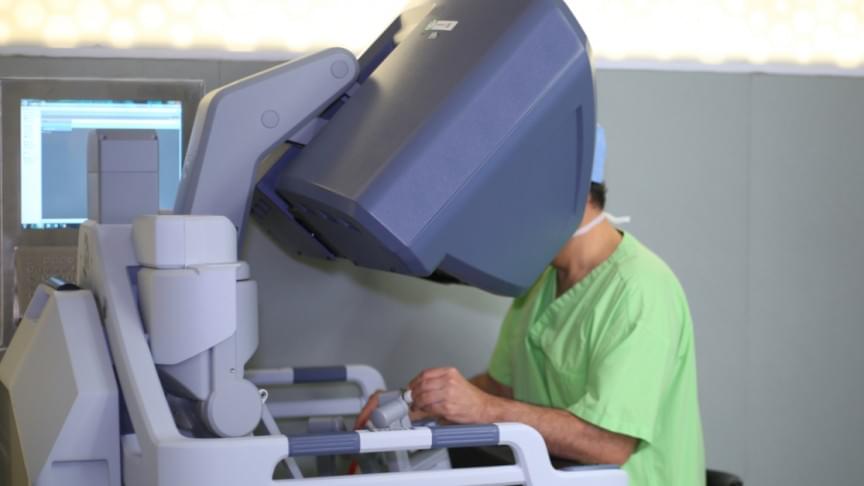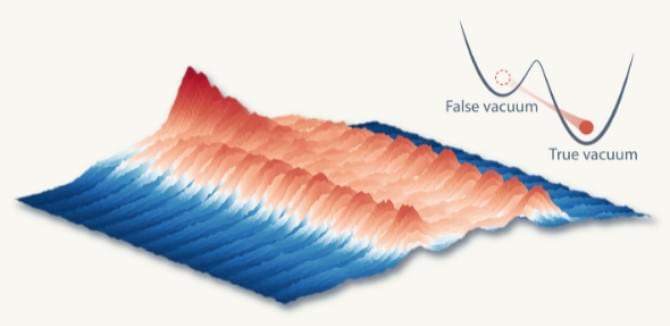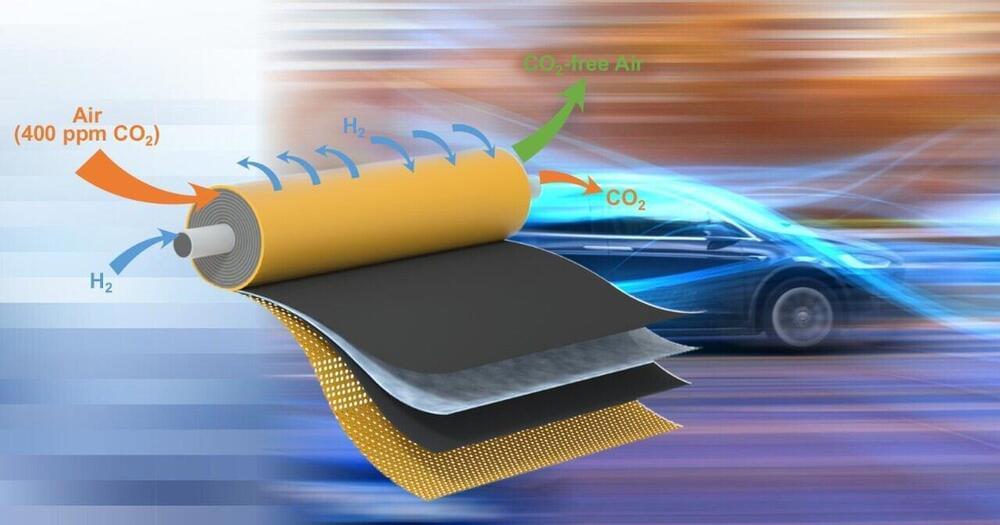Chinese doctor performs China’s first ever 5G-based remote brain surgery on a Parkinson’s patient 3,000 km away.






Available treatments work equally well against the variant.
A newfound variant of HIV, the virus that causes AIDS, has been uncovered in the Netherlands and appears to cause faster disease progression compared with other versions of the virus.
The human immunodeficiency virus (HIV) infects and destroys immune cells called CD4 cells in the body, causing the number of these cells to plummet. If left untreated, the infection then progresses to AIDS. In people infected with the newfound HIV variant, called the VB variant, the CD4 counts fall at about twice the rate as those of people infected with closely related HIV strains, meaning those of the same genetic subtype (B).

ASUS Thor PSU won’t supply 600W of power through PCIe Gen5 connector ASUS’s first PCIe Gen5 power supplies won’t be 100% compliant with the new standard.
Earlier this week it was discovered that the ASUS 12-pin cable which is supposedly the Gen5 Ready, is actually the same cable that NVIDIA ships for its GeForce RTX 30 Founders Edition graphics cards. However, there is a small twist to this story.
It appears that we might finally know the difference between the PCIe Gen5 12-pin power cable and the 12+4-pin version. The latter is the full spec cable offering 12 pins alongside special 4 data signal paths. Those data pins are required to be fully compliant with the PCI-SIG’s “12VHPWR High Power Connector (H+)” standard, the supposed new high-power connector for next-gen GPUs.
In order to supply more than 450W of power, the cable must have one of those signals grounded. Since ASUS Thor PSUs only have 12-pin cable and the company has confirmed earlier it ‘pipes up to 600W of power’, then this signal must have been internally grounded.
A team of astronomers noted a binary pair of black holes that may be on the verge of merging. The event could provide an unprecedented observing opportunity.

University of Delaware researchers have broken new ground that could bring more environmentally friendly fuel cells closer to commercialization. Credit: Graphic illustration by Jeffrey C. Chase.
University of Delaware researchers’ carbon capture advance could bring environmentally friendly fuel cells closer to market.
University of Delaware engineers have demonstrated a way to effectively capture 99% of carbon dioxide from air using a novel electrochemical system powered by hydrogen.
Rhiannon Ashīmkainé Zos Sol’Rhā
Fucking insulting to offer just 5k. I’m joining the kid on trolling musk.
1 Reply.
Chris BartlettThe 19 year old sounded like a jerk tbh. Musk was being seriously nice about it and the kid demanded more, very rude. Basically blackmailing Musk over his personal safety.
View 20 more comments.
It’s the Mr. Bill of Martian rocks.